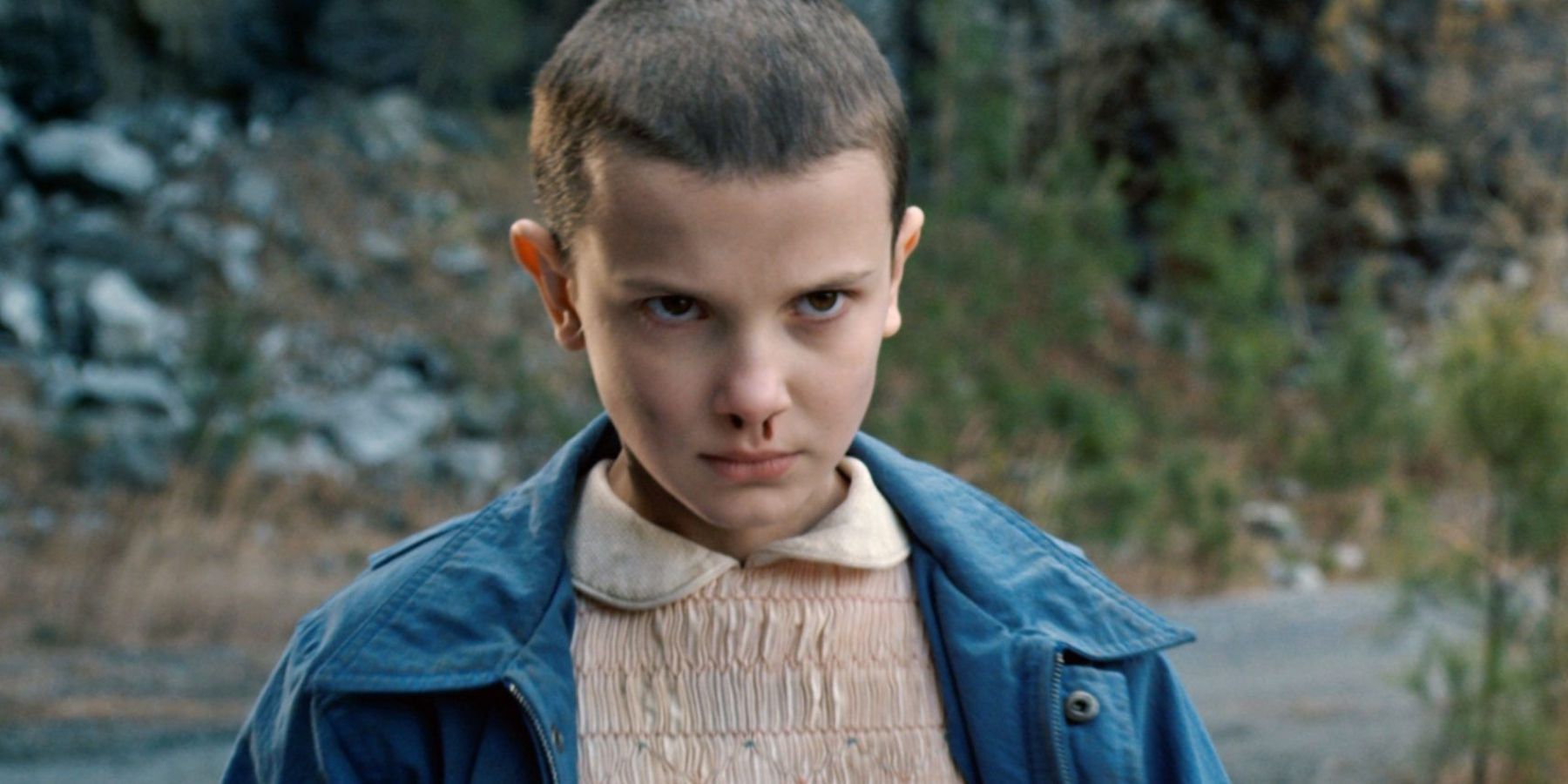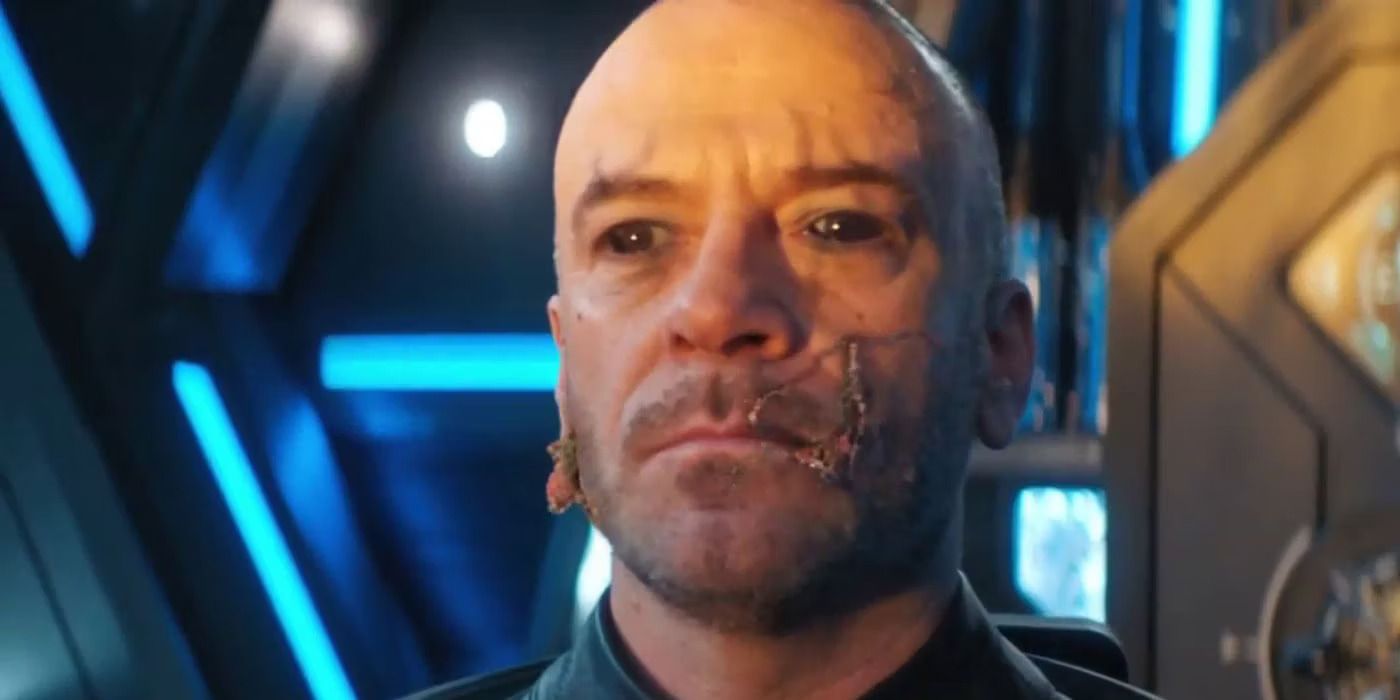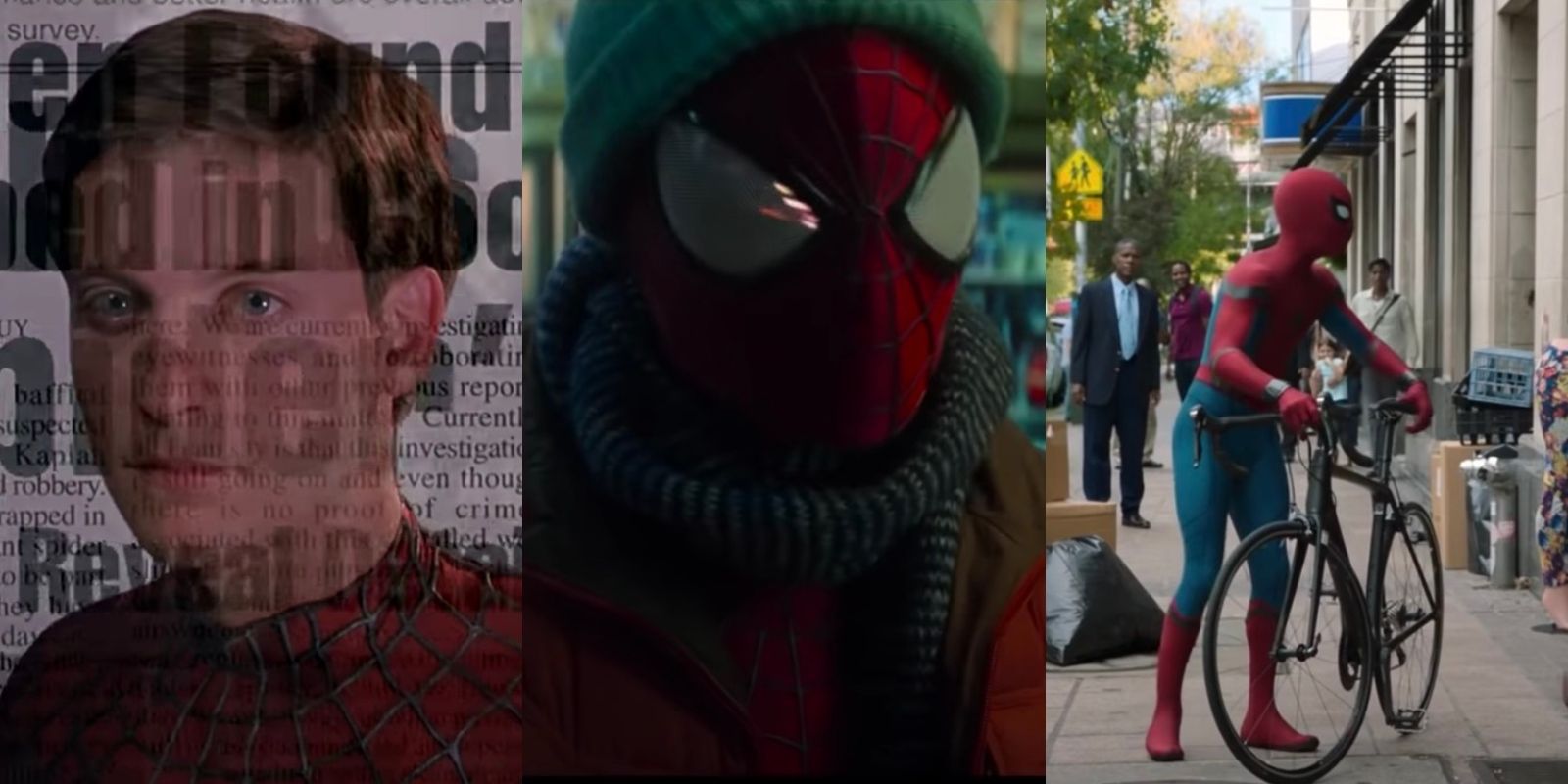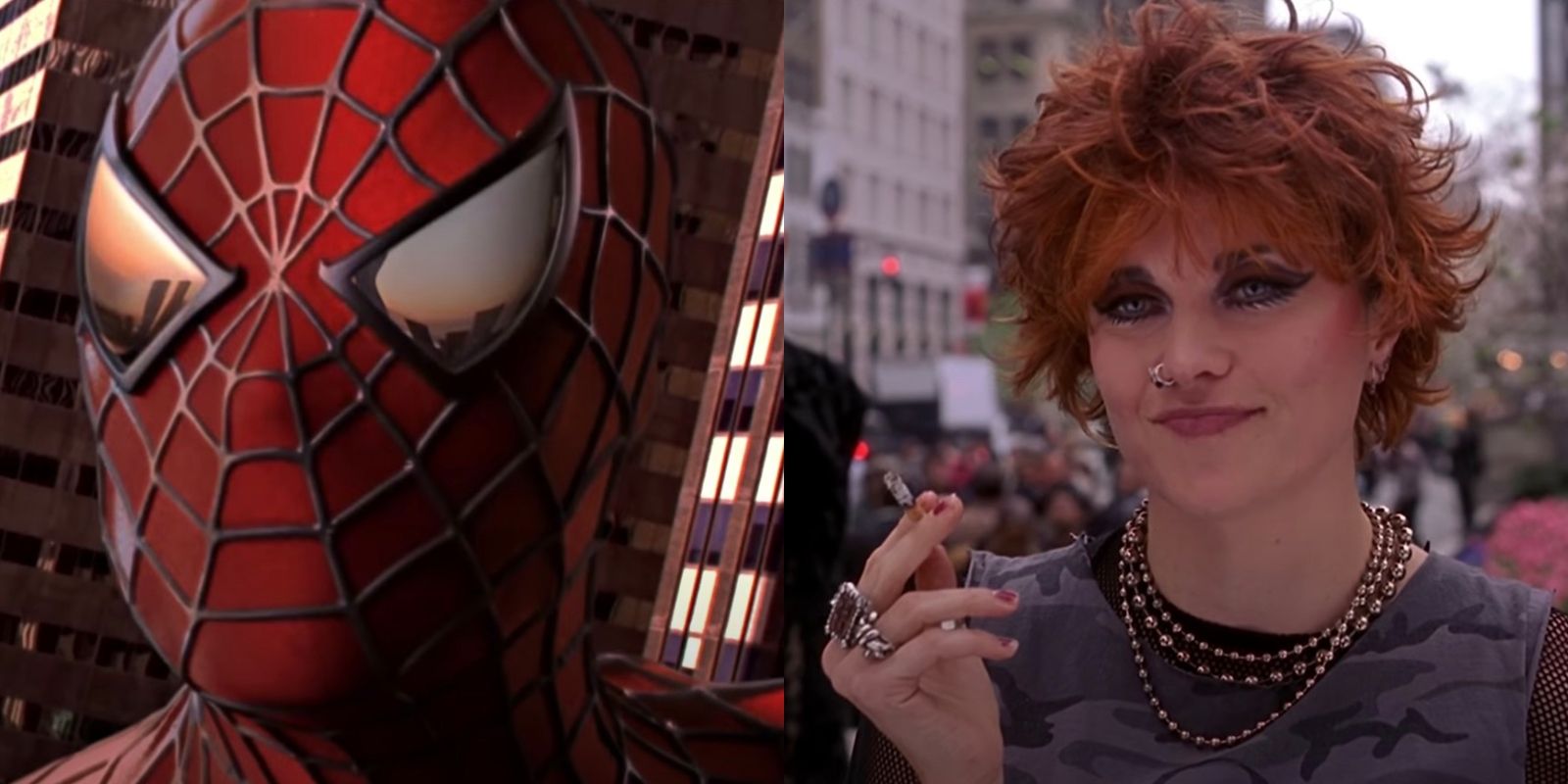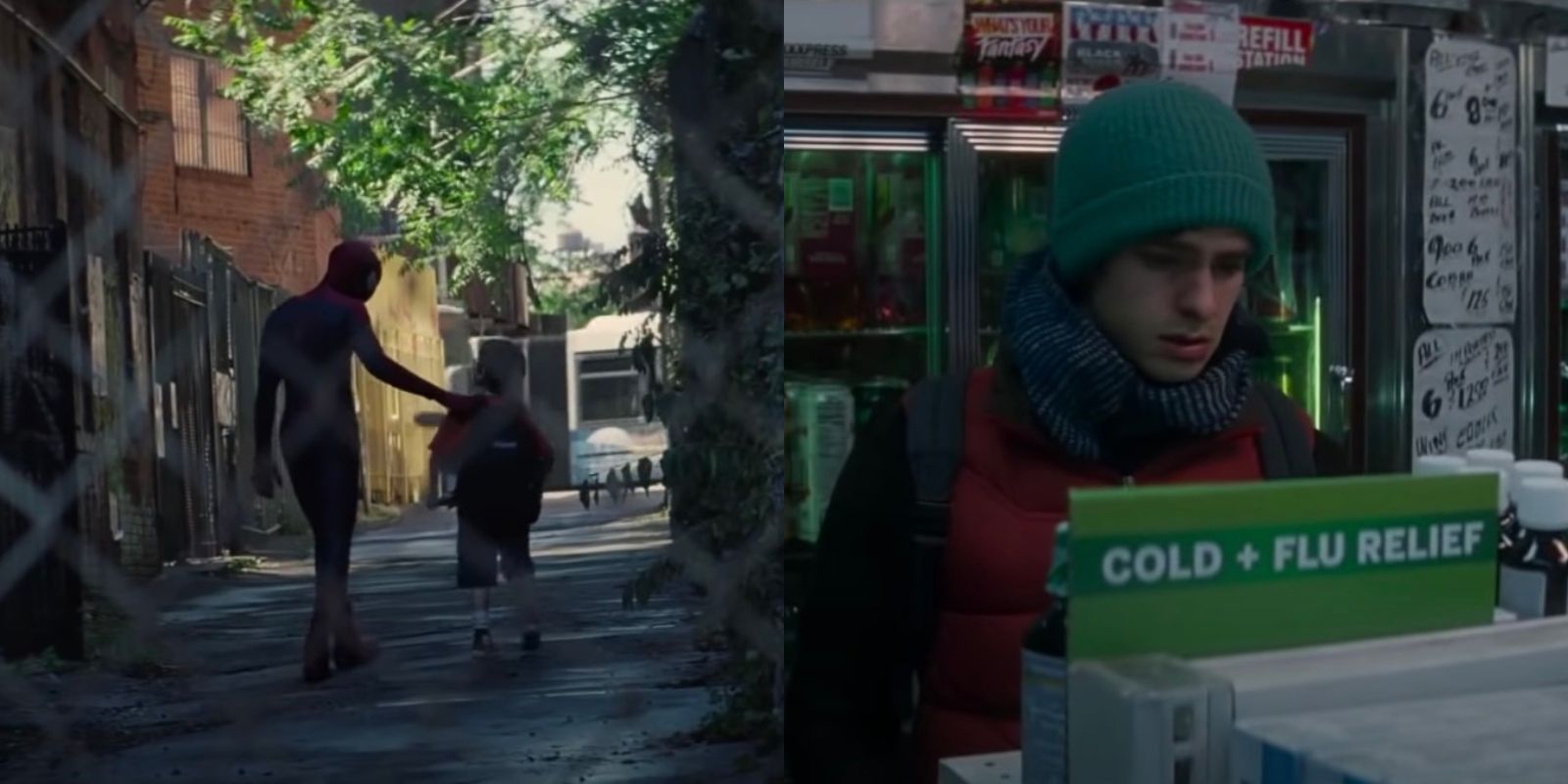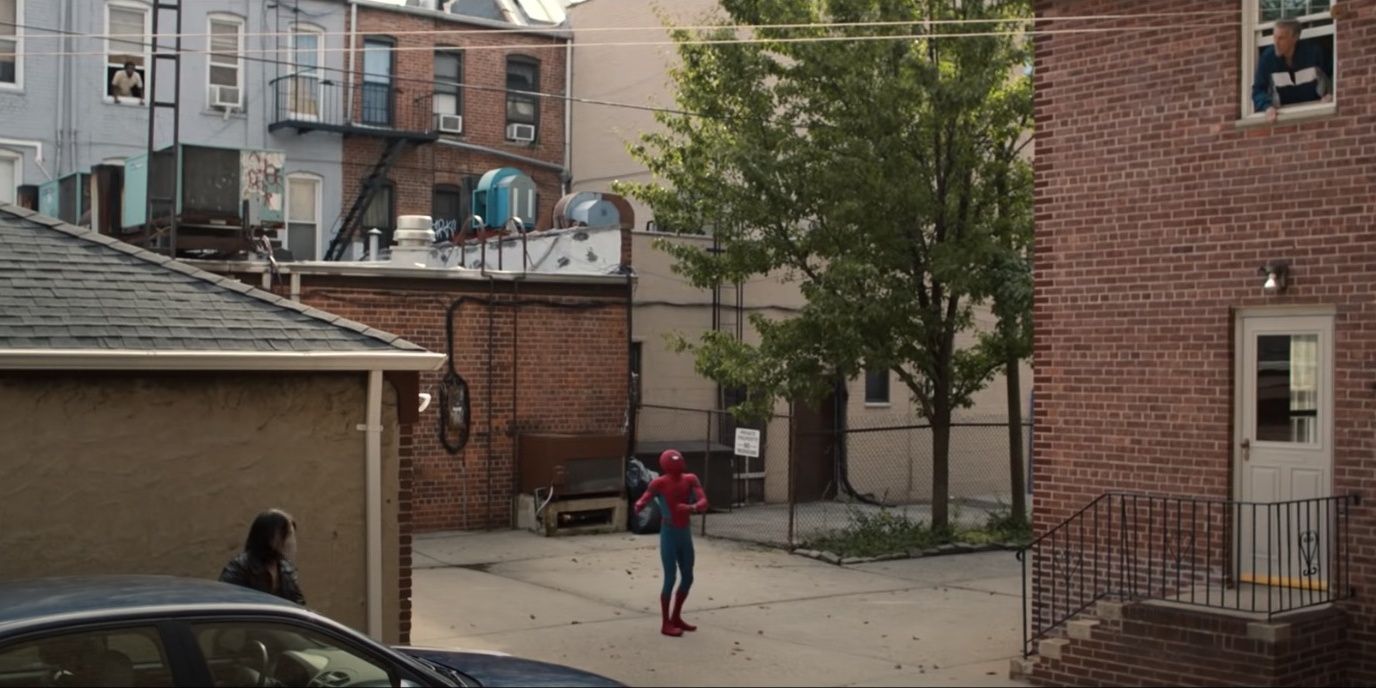If there is anything that is truly perplexing in superhero movie history, it might just be that fans had to wait until 2002 for Spider-Man to finally appear on film, which led to the webslinger having seven movies across three franchises (more than that if the Avengers films and Into The Spider-Verse are also counted). It all started with the efforts of Sam Raimi to finally do Peter Parker justice on the big screen, and this year it will lead to the December release of Spider-Man: No Way Home. In between was the slightly less well-received Amazing Spider-Man duo of films.
Each of these really stands as its own thing, similarly to the multiple different screen iterations of Batman. Raimi's original trilogy featured his stylistic flourishes and sometimes cornball humor. However, they also had some surprisingly deep moments, and lent all of their characters some real humanity. Marc Webb's Amazing Spider-Man movies leaned more into building a wider universe that never came to be, but they were certainly ambitious, almost to a fault. Finally, Jon Watts has been given the responsibility of tying the character to the MCU. His movies match the house style at Marvel Studios, injecting the stories with a lot more fun while leaning on thematic elements of being a hero.
Despite the widely different styles of all three franchises, they all actually manage to do one thing right, and ironically it happens to be the exact same thing. Each series of movies features at least one montage of Spidey just doing his thing, along with the reactions of either supportive or antagonistic New Yorkers. Even though each of the franchises could be criticized for changes they made to the hero's story, this is actually a very important detail in Spider-Man's journey. Luckily, all three filmmakers knew that it would be integral to both establishing the character and his place in the world.
The very first Spider-Man film features this establishing moment once Peter Parker has decided to take on the role of being a hero. It begins with a POV shot of swinging through the city, quickly followed by a foiled robbery and a spinning newspaper headline (an asbolute classic element in montage terms). Then, intercut with more scenes of foiled crimes, New Yorkers offer up their opinions on Manhattan's newest hero.
This is where the real magic of the montage comes into play. Spider-Man has always had a bit of a mixed reputation among the people of New York, and this film really leans into that. Some people describe him as a hero, some question whether he's human, and others talk about how he was seen building a nest in the Lincoln Center Fountain. There's a real sense of using the city as a character during this entire part of the movie, and it does feature a couple of fun cameos (Jim Norton! Lucy Lawless!). It also transitions perfectly into the introduction of another character: J. Jonah Jameson. The whole thing does a great job setting up the world, and giving the uninitiated a quick look at Spidey's relationship with the Big Apple.
In the Amazing Spider-Man franchise, this particular character-building moment doesn't really come into play until the second movie. That film features a montage of Andrew Garfield's oft-beleaguered hero not only helping out around the city, but also coming home every night and taking off his dirty costume. This montage does two things really effectively: it shows the toll crimefighting takes on Spidey through the quick cuts of him coming home after a long day and just being totally wiped, and it also highlights Spidey's smaller-scale efforts and connection to his community (something Jon Watts also does really well).
This is most evident in a scene where the hero helps a kid who is being bullied. It's a really sweet moment where the audience gets to see Peter Parker connecting with someone else over something he is passionate about (a science project). He even walks the kid home. Of course, the montage doesn't let Spidey off the hook that easy, and he also has to foil a robbery while obviously coming down with a cold and just trying to pick up some Nyquil in peace. On top of that, he sees a headline calling him a "Spider-Menace." Saving the city is never easy, and it's often a thankless job.
Oddly enough, Spider-Man: Homecoming takes a different approach to this seemingly traditional montage. In this iteration, Tom Holland's Peter Parker actually seems to really enjoy being Spider-Man. He even expresses his relief at finally being done with school for the day and being able to get out and just do his hero thing. This version of Spider-Man is far more awkward, and it's played up nicely in moments like not knowing whose bicycle he just stopped from being stolen, to accidentally webbing a guy who just locked his keys in his car. This scene is especially great because it features a staple of New York media: people yelling out their windows at each other.
Featuring the quintessential New York teenage anthem "Blitzkrieg Bop" by the Ramones, the montage in Spider-Man: Homecoming does a great job in establishing this version of the webslinger as a less-experienced hero, one who prefers to just help out around his neighborhood rather than swinging from Manhattan skyscrapers (later in the film, it's even established that he's never been up that high after he climbs the Washington Monument).
Spider-Man's connection to his home city is an absolutely important part of his character. He is, after all, the "friendly neighborhood Spider-Man." The montages featured in each of his movie franchises do more than just provide an entertaining glimpse into the daily life of a hero. They reinforce the fact that ultimately, Peter Parker was meant to be a hero, and whether he's foiling a bank robbery or just giving a woman directions, Spider-Man is always there to help.

